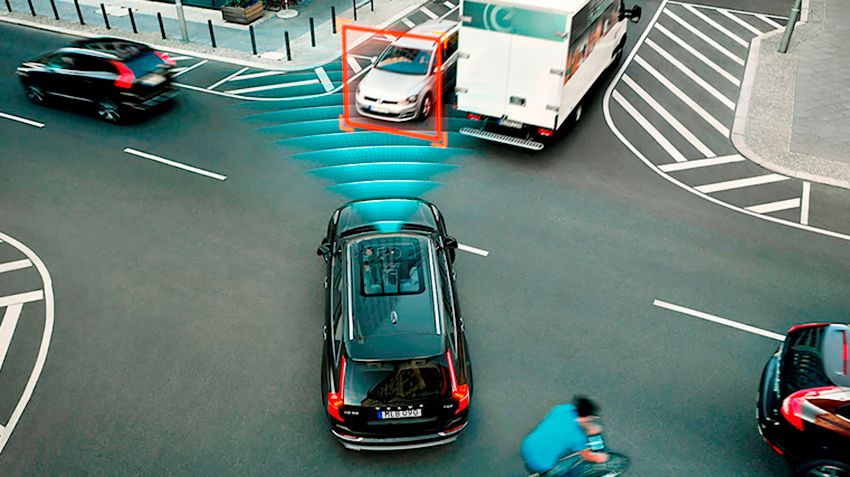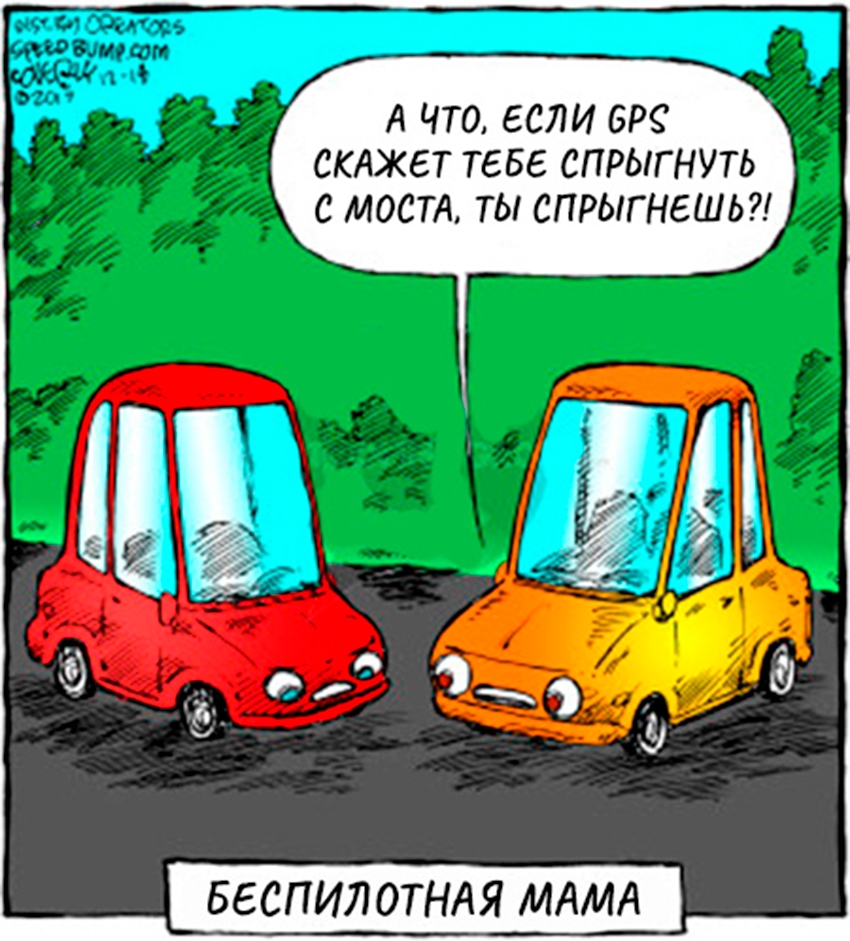The global forecast for drones inevitably brings on the "Economy passengers"

12 July 2019
Russia is not adapted to the mass introduction of Abakarov, and India, they are generally banned
The online edition of "Computerra" provides interesting facts from the forecast of j'son & Partners, in turn based on data from such world famous companies like JP Morgan, Assistant, PWC, HIS, BCG, BI Intelligence, GSMA and others.
The market for unmanned technology is still in its infancy, but the development of Abakarov and peripheral services occurs quite rapidly (so that even the legislation is not time – ed.). Experts believe that by 2028, the market volume of robotic vehicles will be at least $42 billion, while the share of Abakarov in the global market will reach 13%.
The absolute majority of international it corporations and leading automotive manufacturers have presented the public prototypes of Autonomous vehicles (mainly cars of Abakarov and Shuttle – bus.), and some jurisdictions have made the appropriate changes for the admission of drones on public roads. So that the projections robotarm already moving from the region acroparaesthesia really important for business and ordinary consumers.
So annual sales of drones needs by 2035 to be of the order of 30.4 million Abakarov, and, the statistically noticeable growth starts from 2025. It was at this period most automakers and announced the launch of robomobile 3rd class autonomy into mass production.
Maskovsky Tesla will dominirovali drones on the market only up to 2020, i.e. exactly as long as the "big game" will not join the world's major manufacturers, including, of course, Toyota, GM, Volkswagen Group, Daimler AG, Renault-Nissan-Mitsubishi and so on. From here you will be healthy competition, which should theoretically fast enough to cause drop in price of drone technology themselves rookery (which, moreover, almost 100% will be electric cars, well, or at least hybrids – ed.).
The annual market volume of Abakarov will increase to $364,8 billion already in 2035. The experts in one voice insists that the leader will be China (Yes, the price of human life 1.4-billion authoritarian country is low enough for testing any robotteknologi – and use the output, sorry, will to all mankind – ed.). According to forecasts that China will capture one third of the world market Abakarov (throw in more military, road construction, warehousing and other ground equipment, and water and rail transport – a bus). Accordingly, the United States will be only in second place with 26% of the market (unless, of course, crush a technologically China in trade wars – ed.) and the third place will surely fasten the Europe with 21% (here, I think, the predictions underestimate the fact that intellectual potential of the Old world is still quite strong, but whether to keep such state as a result of trade wars, it is not clear – ed.).
Autonomous driving of 3rd level actually come to market in 2021, and more optimistic experts believe that almost immediately the market will be and robomobile 4-th level, respectively, allowing the vehicle to move without human intervention, where the driver become a passenger (however, with the legal responsibility for the result of the interchange emergency traffic situations where you will need to insure artificial intelligence (AI) robocar – ed.).
In the current six-year (2018-2023), was Autonomous vehicle used in limited quantities in "hothouse" conditions, i.e. in advanced digital plan cities. Yet the AI is severely limited in its ability in prediction of emergency situations, plus not yet approved "code of ethics" for developers of Abakarov (in other words, law is not settled a question of principle, and who, indeed, can push robocar: running a red pioneer or rolling on the green retired, etc. – ed.).

Developers are already drones face legal, informational and technological barriers in most countries. So far, the most favorable conditions are created in USA, in China and in Europe. The rating of Russia – one of the lowest among the countries "the third world", and it would need acceleration, primarily in the adaptation of legislation to the realities of the digital age.
Thus, the impact of Autonomous transport on the economy, first of cities and of cities in General, and then of national economies as a whole, will appear to 2022-2023. In the hocks there will be a significant reduction in the intensity of traffic and reducing congestion. However, countries with high unemployment (they are generally characterized by low per capita and GDP) will experience all the "charms" of automation. For example, today India insure, introducing a strict ban on Autonomous driving, which in theory should preserve jobs in the field of road transport in the future (in my opinion, this "ostrich" position – robkay and robotics will still come in the Indian subcontinent, but the population will pay for the technological backwardness of the country is even more expensive – ed.).
Autonomous vehicles are strictly need a high-speed network connection (at least 5G – ed.) so how will they generate unrealistic for the present day traffic volumes. Hence the hundreds of billions (in any currency) will be spent on a major upgrade to existing it and communications, but whether poorer and slow countries, including Russia, time to slip into the new information technology era, is still a big question.
According to the study, Intel and Strategy Analytics, the drivers (in "Golden billion" countries have to understand – ed.) will actively change to Autonomous cars as soon began to mass-produce them. In turn, this will grow into a new 21st century phenomenon called "Economy passengers" because its volume will grow to $7 trillion (!) by 2050 (to which, some 30 years left – ed.).

PS Eastern sage Nasreddin, I remember, promised the Shah to teach for 10 years of a donkey to speak, on the basis of life sentences: 10 years is a considerable period – or the donkey will die, or the Shah will die. The West (USA and the EU, and Japan especially) itching about drones in the first place because of the shortage of professional drivers (in USA need over 100 thousand truckers, but only in Germany – 30 thousand truck drivers). In such circumstances, and at the "polarometric", tE. trains with electronic coupling following autoproj leader will agree – if only to alleviate the problem. And there, staring, and taxi drivers, migrant workers can be to get rid..
|
|
|
Element was not found.








